When I plan a party, I tend to give a lot of thought to the menu.
I pair wines with what I'm cooking and fuss about small details like flower arrangements, flickering candles, fancy plates, and so forth—so much that, in the whirlwind of all the grocery shopping and the table setting, I sometimes lose sight of the most important detail of all: the people.
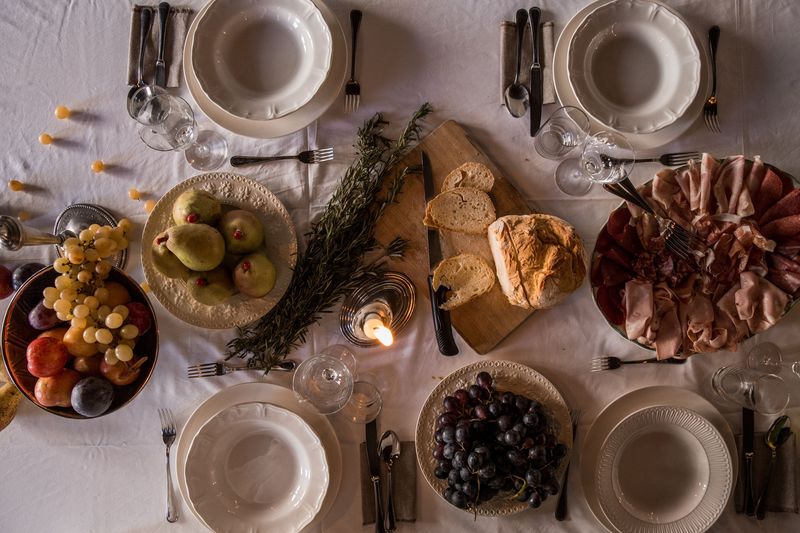
Just as dinner does not magically appear, the perfect guest list needs some thought and consideration. You can, of course, gather friends who already know each other well: This is kind of like cooking pasta with pesto from a jar for dinner and picking up a store-brought dessert. It’s comfortable and it’s cozy, and some nights it’s just what you feel like.
But I have found that the most memorable of evenings—the ones where we have lingered over coffee into the early hours of the morning—are the ones where I have brought the most unexpected of people together around our dining table.
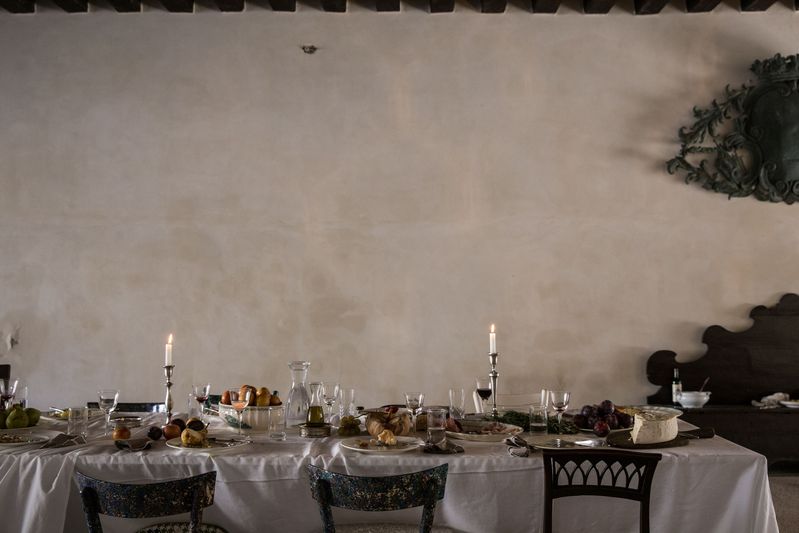
I like to have drinks and appetizers laid out and waiting for when people arrive. Light cocktails are a lovely way to get everyone talking, as are snacks where everyone is invited to help themselves. It’s nice to be present at this moment in the evening, to welcome your guests properly, to enjoy their company and take time to introduce people to each other.
So, I either plan a menu that doesn’t involve much last-minute cooking, or I time everything so that I can take half an hour out of the kitchen to tend to my guests. Either way, I make sure to factor it in when I am choosing what to cook.
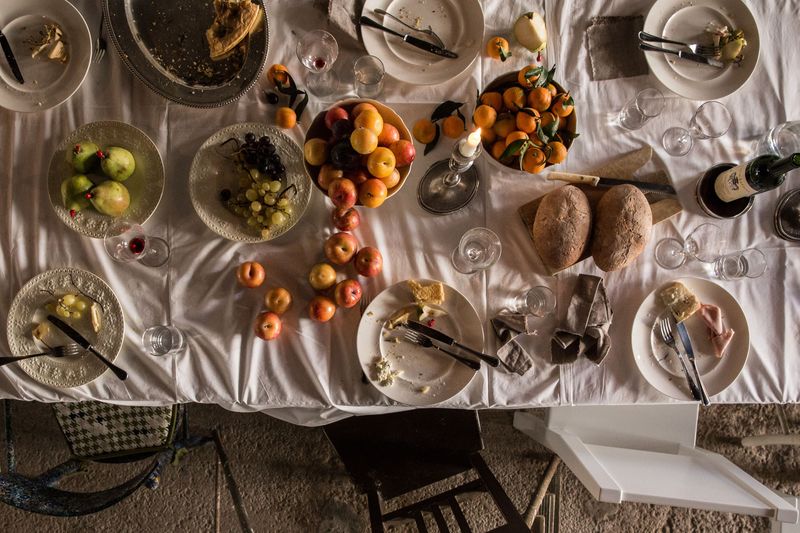
Just as you wouldn’t heap a pile of raw ingredients on the table and then expect people to have at it, it’s nice to give guests some direction of where they should sit. I find this also helps break things up, so you don’t end up with a clique of old friends at one end of the table and the other guests feeling left out.
With groups of six or fewer—intimate enough for the whole table to easily be engrossed in a single conversation—you can get away with no plan at all, a haphazard sit-where-you-like approach. But for larger gatherings, structure is nice, even if it’s subtly placing a few gregarious friends at the center and both ends of the table, so they can carry the conversation through.
There are two ways of presenting a seating plan: name cards on each place setting, or a mental note that translates into "Why don’t you sit here and you sit there?" I tend to save the place cards for special occasions like Thanksgiving and Christmas. I find that they lend a formality and sense of occasion to the event. More often than not, though, I simply make a mental table plan, and sit people as they come to the table; it feels more relaxed and welcoming that way.
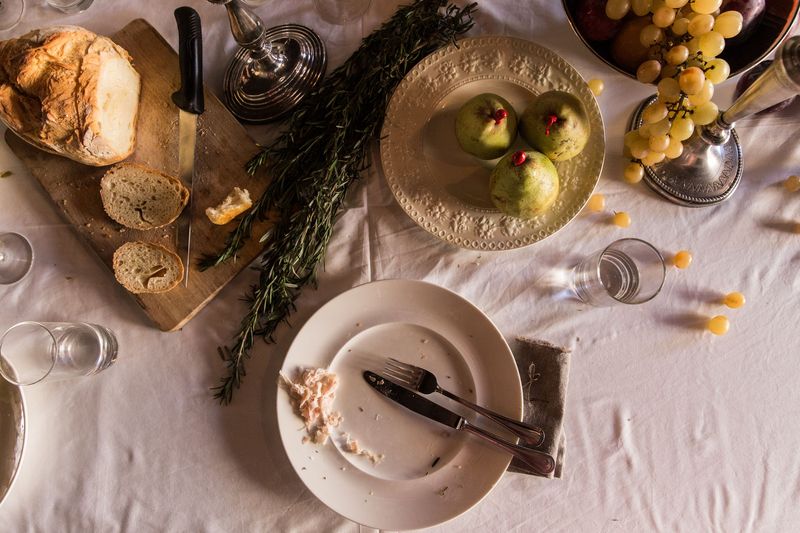
When deciding who to seat where, think first about the shape of your table and how conversation might flow. Our dining table, for example, is quite long and skinny, which makes it just easy to talk to the guests opposite you as to those next to you. With a square table or a round table, people are more inclined to chat primarily to whoever is next to them.
Think also about your table decorations in terms of conversation: towering vases of flowers, for example, make it tricky to talk across the table, whereas bowls of fruit, small bunches of flowers in tumblers, and short candles, make the table look inviting and can be a nice conversation starter.
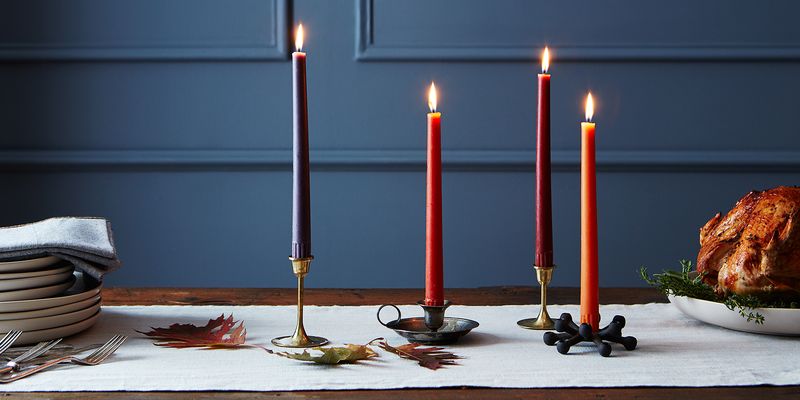
More: A three-step, no fail Thanksgiving centerpiece.
In terms of who sits where, it’s all a matter of personal choice, determined largely by the balance of personalities around your table on any particular night.
But I have a few rules of thumb that I almost always follow:
- I decide where I am going to sit first (usually at the end of the table, so that I can easily slip away to the kitchen).
- I seat two people on either side of me who will get along with each other (since I will be up and down a lot, it’s nice for them to bridge across).
- Then, I work backwards from there.
- I never worry about alternating men and women, but I do tend to break couples up, just to mix things up.
- I do sit couples within comfortable talking distance to each other so that they don’t feel stranded. So, for example, I might sit a male friend between two people who he has not met before, with his other half directly across the table from him.
Another trick I have learned: When it comes to shyer friends, I ask them to help me serve, to make sure everyone has wine, or to help pass around the food. It gives them an excuse to get chatting with all the other guests.
Photos by Skye McAlpine and Mark Weinberg






See what other Food52 readers are saying.